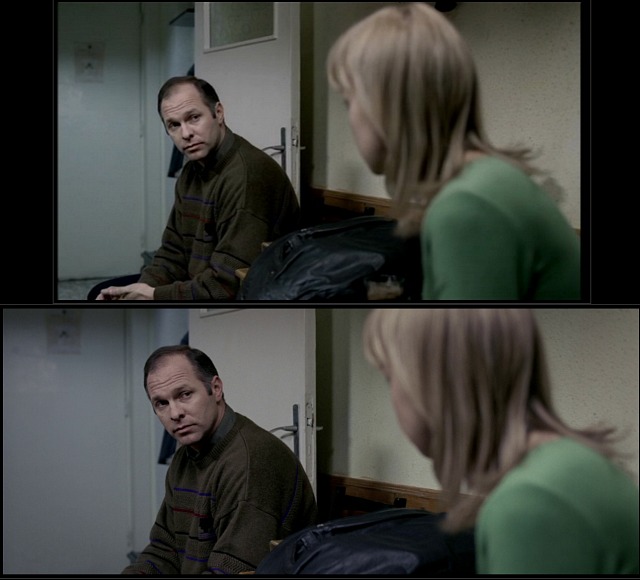Forming an “exploratory committee” that will seek to determine or fortify what? We all know Senator Elizabeth Warren is running for president in 2020 so why doesn’t she just say “yeah, you’re right, I am”?
I love Warren’s progressive compassionate agenda but (a) I still resent her decision not to run against Hillary “my favorite all-time film is Casablanca” Clinton in ’16 — if she’d beaten Hillary in the primaries (Bernie Sanders wouldn’t have run if Warren had jumped in) we probably wouldn’t have President Trump now, and (b) I’m honestly worried about whether she’s scrappy and two-fisted enough to run against El Cheeto, who will campaign day in and day out on “Pocahantas, Pocahantas, Pocahantas.” Plus I’m concerned about her ability to win over rural independent-minded pudgebods. Plus she’s a boomer, and I think the anti-Trump majority generally wants someone younger — heir apparent Beto O’Rourke or maybe Kamala Harris.
Every person in America should be able to work hard, play by the same set of rules, & take care of themselves & the people they love. That’s what I’m fighting for, & that’s why I’m launching an exploratory committee for president. I need you with me: https://t.co/BNl2I1m8OX pic.twitter.com/uXXtp94EvY
— Elizabeth Warren (@ewarren) December 31, 2018




